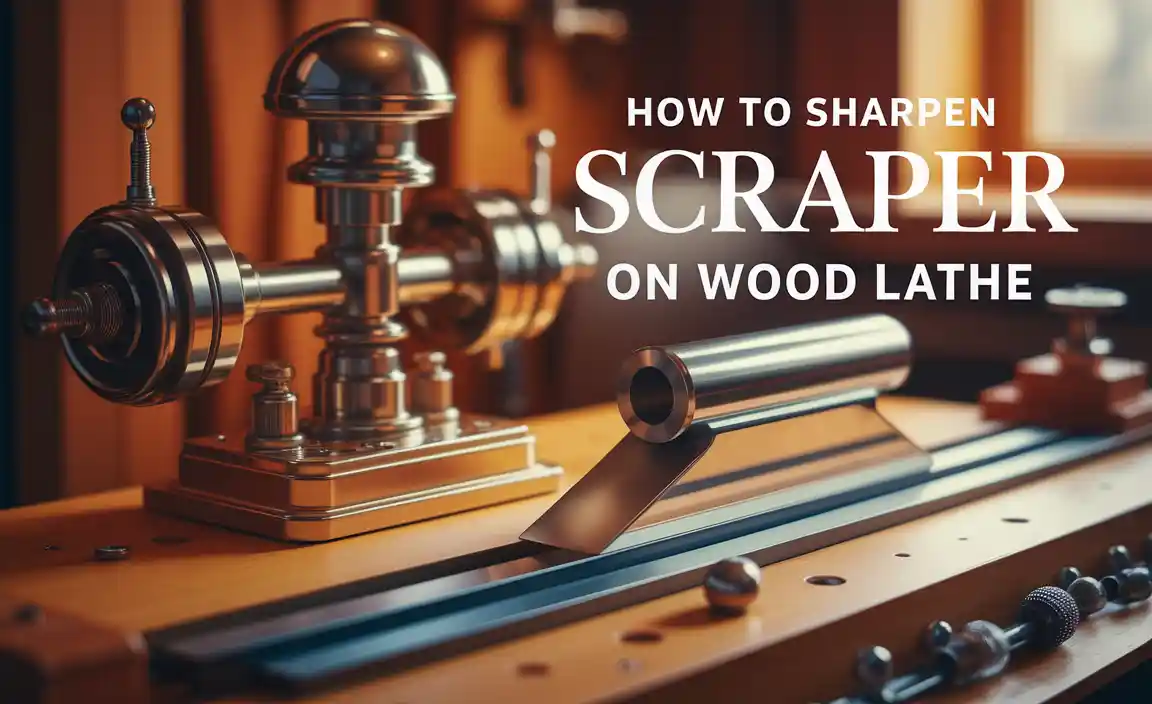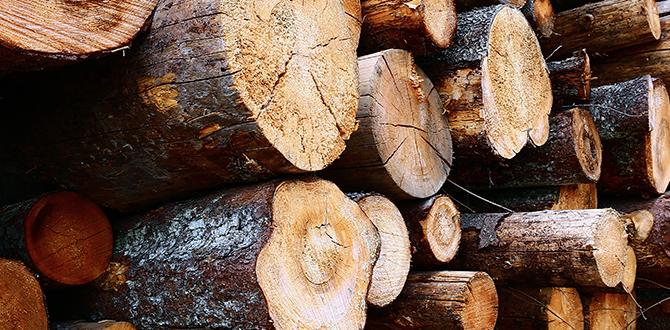Wood Lathe Drive Belt Slipping Fix: Effortless Solutions for Smooth Operation
Wood lathe drive belt slipping fix is a common concern for woodturners, whether you’re a seasoned professional or just starting your journey into the world of woodworking. That disconcerting squeal, the sudden loss of power when tackling a tougher piece of wood, or the frustrating chatter are all indicators that your drive belt isn’t performing optimally. Fortunately, addressing a slipping drive belt is often a straightforward process, with many quick and effortless fixes available. Understanding the underlying causes and knowing how to implement these solutions can save you time, frustration, and potentially prevent damage to your lathe.
The primary function of a drive belt on a wood lathe is to transfer rotational power from the motor to the headstock spindle. When this transfer is compromised, the belt essentially “slips,” meaning it spins on the pulleys rather than engaging them fully. This not only reduces the efficiency of your lathe but can also lead to uneven finishes on your workpiece and a generally less enjoyable turning experience. Don’t let a slipping belt grind your creativity to a halt; let’s explore some effortless ways to get your lathe back in prime working condition.
Common Culprits Behind a Slipping Wood Lathe Drive Belt
Before diving into solutions, it’s beneficial to understand why your drive belt might be slipping in the first place. Identifying the root cause will help you choose the most effective fix.
1. Belt Tension: This is by far the most common reason for a slipping belt. Over time, belts can stretch, losing some of their original elasticity. If the tension is too loose, the belt won’t have enough grip on the pulleys to transfer power effectively. Conversely, while less common for slipping, if the tension is excessively tight, it can lead to premature wear on the belt and bearings, but usually results in a squeal from the motor or headstock rather than direct slipping at the pulleys.
2. Belt Wear and Damage: Drive belts are made of rubber or similar composite materials and are subject to wear and tear. Cracks, fraying, glazing (a smooth, shiny surface that reduces friction), or excessive dirt/grime buildup can all impede the belt’s ability to grip the pulleys. A worn-out belt simply can’t provide the necessary friction.
3. Pulley Alignment and Condition: While less frequent than belt issues, misaligned pulleys or pulleys that are damaged or have debris stuck to them can also cause slipping. If the pulleys aren’t running parallel to each other, the belt will be forced to ride at an angle, leading to uneven wear and potential slippage. Likewise, dirt or hardened residue on the pulley grooves can reduce the contact surface and cause the belt to skid.
4. Overloading the Lathe: Attempting to turn very large or dense pieces of wood, especially with aggressive cuts, can put an excessive strain on the motor and drive belt. If the motor struggles to maintain speed under load, the belt may slip as a protective mechanism or due to the sheer resistance of the workpiece.
Effortless Wood Lathe Drive Belt Slipping Fixes
Now that we’ve identified potential problems, let’s look at how to fix them, focusing on solutions that are both effective and easy to implement.
Adjusting Belt Tension: The Primary Wood Lathe Drive Belt Slipping Fix
This is almost always the first thing to check when you encounter a slipping belt. Most wood lathes have a mechanism for adjusting belt tension, often involving sliding the motor or headstock on their mounts.
Locate the Adjustment Mechanism: Consult your lathe’s manual if you’re unsure. Typically, there are bolts or locking screws that allow movement.
Loosen Necessary Fasteners: Slacken the bolts that hold the motor or headstock in place, allowing them to be adjusted.
Apply Tension: Carefully move the motor away from the headstock (or the headstock away from the motor, depending on your lathe’s design). You’re looking for a slight deflection in the belt when you press on it. A good rule of thumb is about 1/2 inch of deflection when moderate pressure is applied midway between the pulleys. Your goal is snug, but not excessively tight.
Tighten Fasteners: Once you’ve achieved the desired tension, re-tighten the locking bolts securely.
Test: Power on the lathe and run it at various speeds, listening for any slipping. If the problem persists, you may need slightly more tension, but be careful not to over-tighten.
Cleaning and Inspecting Your Drive Belt
Sometimes, the fix is as simple as a good cleaning.
Remove the Belt: With the lathe powered off and unplugged, loosen the belt tension and carefully slide the belt off the pulleys.
Clean Thoroughly: Use a damp cloth with a mild degreaser or soap to wipe down the belt. Pay attention to the grooves, removing any accumulated dirt, grease, or residue. A stiff brush can be helpful for stubborn grime.
Inspect for Damage: While the belt is off, give it a thorough inspection. Look for:
Cracks or Splits: If you see any, the belt needs replacing.
Fraying or Delamination: Signs of wear like this mean it’s time for a new belt.
Glazing: A smooth, shiny surface indicates reduced friction. You can try roughening it slightly with fine-grit sandpaper, but if it’s significantly glazed, replacement is recommended.
Dry Completely: Ensure the belt is completely dry before reinstalling.
Cleaning and Inspecting Pulleys
Don’t forget the pulleys themselves, as they play a crucial role in belt grip.
Access the Pulleys: Remove the belt (as described above) to gain access to the motor and headstock pulleys.
Clean the Grooves: Use a cloth and a suitable solvent (like mineral spirits) or a brass brush to meticulously clean the grooves of both pulleys. Remove any hardened dirt, rubber residue, or metal shavings.
Check for Damage: Ensure the pulley grooves are smooth and free from nicks or burrs. Small imperfections can sometimes be filed smooth, but significant damage may require pulley replacement.
Verify Alignment: Visually inspect if the pulleys are running parallel to each other. If they appear significantly out of alignment, you may have a more complex issue requiring adjustment of the motor mount or headstock bearings, which might necessitate a more involved repair beyond a simple “fix.”
When to Consider a New Belt
If you’ve adjusted tension, cleaned the belt and pulleys, and the slipping persists, it’s highly likely that your drive belt has simply reached the end of its lifespan. Belts are consumables, and they do wear out. Purchasing a new, correctly sized drive belt is a relatively inexpensive way to restore your lathe’s performance. Always ensure you get the correct size and type for your specific lathe model.
Preventing Future Slipping
Regular Maintenance: Make periodic checks of belt tension and cleanliness part of your workshop routine.
Avoid Overloading: Be mindful of the limits of your lathe’s motor. Make lighter, more frequent cuts rather than trying to hog out large amounts of material at once.
* Proper Storage: If your lathe is stored for extended periods, ensure the belt is not under excessive tension or stretched over sharp edges, which can cause premature degradation.
By understanding the common causes and employing these straightforward, effortless fixes, you can effectively resolve a wood lathe drive belt slipping issue and ensure your lathe operates smoothly and reliably for all your turning projects. A well-maintained drive belt is essential for both performance and safety in your woodworking endeavors.





